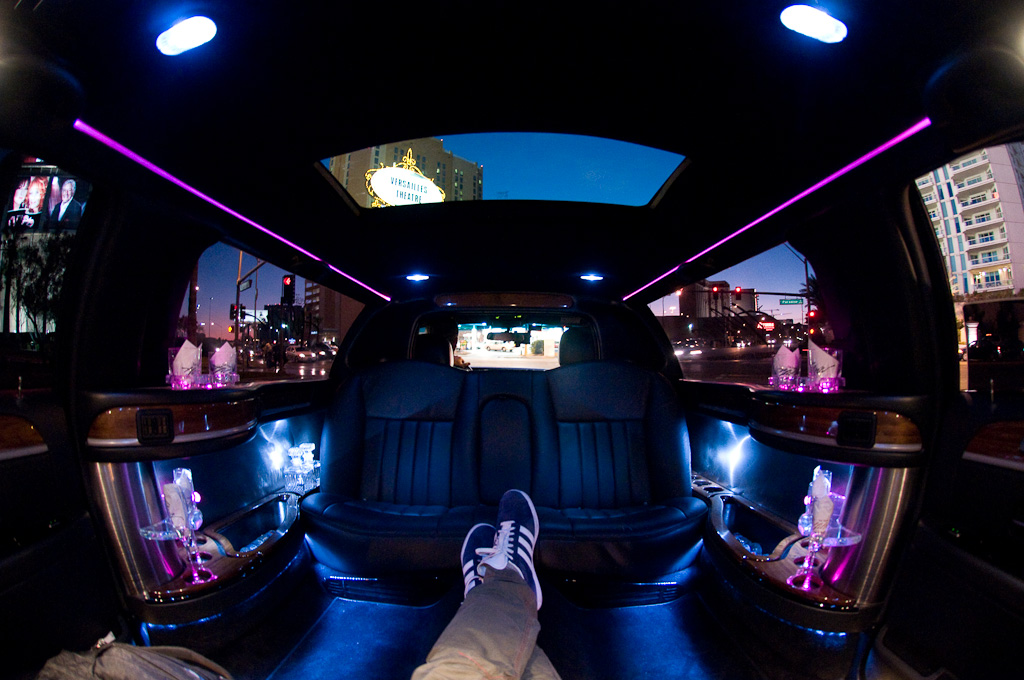One of the details tucked into the recent leak of the 4G iPhone story was the remote locking of the device once it was reported lost/stolen. Remote control and/or un/locking of vehicles, bicycles (in Berlin at least), laptops, cable boxes have been bouncing around for years – it will be interesting to see how over the coming years how this normally hidden feature bubbles into view.
When the idea of remote un/locking reaches the mainstream – and in an increasingly connected services-not-devices planet it surely will, it will have at least two major impacts: firstly it changes our notion of and desire for ‘ownership‘; and secondly it will fundamentally change our relationship with the service provider who, by being in a position to intervene will come under intense pressure to make a judgement call on how their devices/services are used. Of course content providers have faced this issue from day one – and whilst we occasionally see some friction as the tectonic plates shift most consumers understand that choosing one media brand over another is part of their consumption/purchasing decision making process. Just think about what you expect from Disney, The Economist or Hustler or to take brands sharing the same owner: The Times or The Sun . But what happens when the everyday objects around you are also part of that (essentially) moral decision making process?
Some brands embrace a moral stance, others have it thrust upon them by their consumers/users/constituents, and some aim to remain neutral (all in relation to the societal norms in which they exist) – increasingly this will become more explicit.
What does this have to do with the title of this post? One persons boundary of use is another persons moral constraint. And how might this remote use be measured and judged? Don’t think censorship, think sensorship.
Think different. Vote with your wallet. Don’t forget to disinfect.
Photo: Vegas after giving this. If you want to know what goes on in Vegas – talk to the limo driver.
